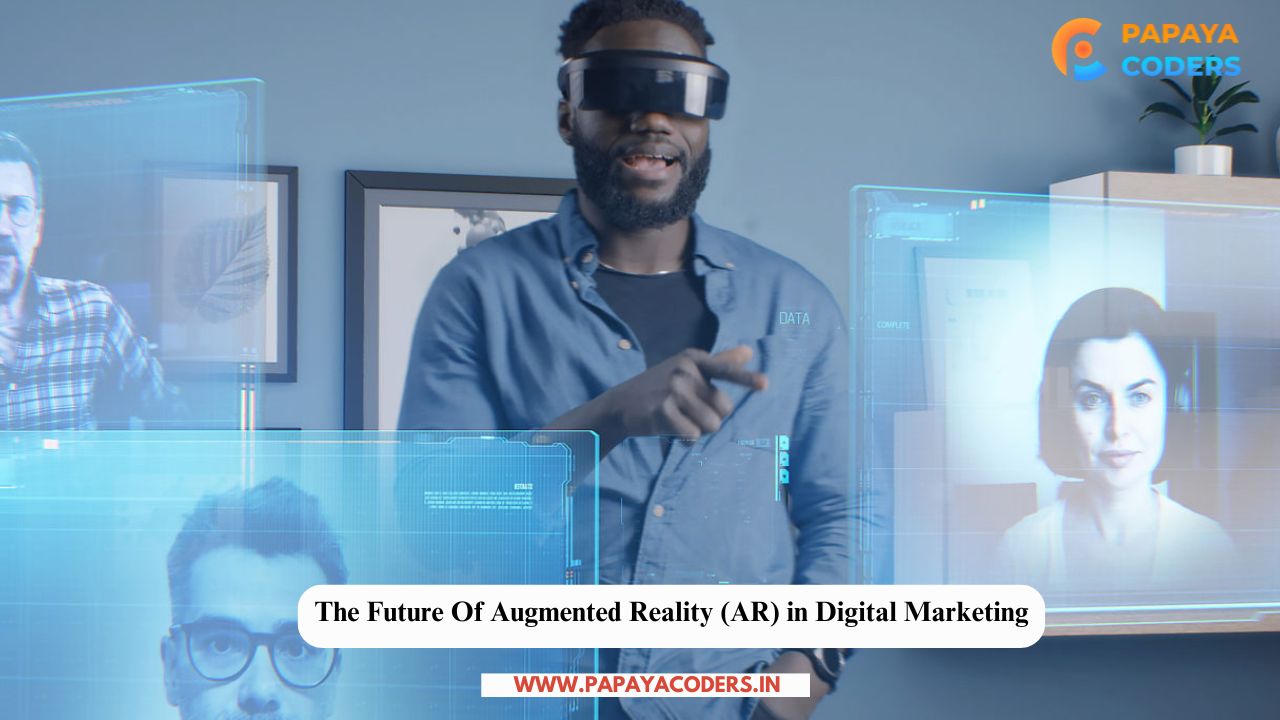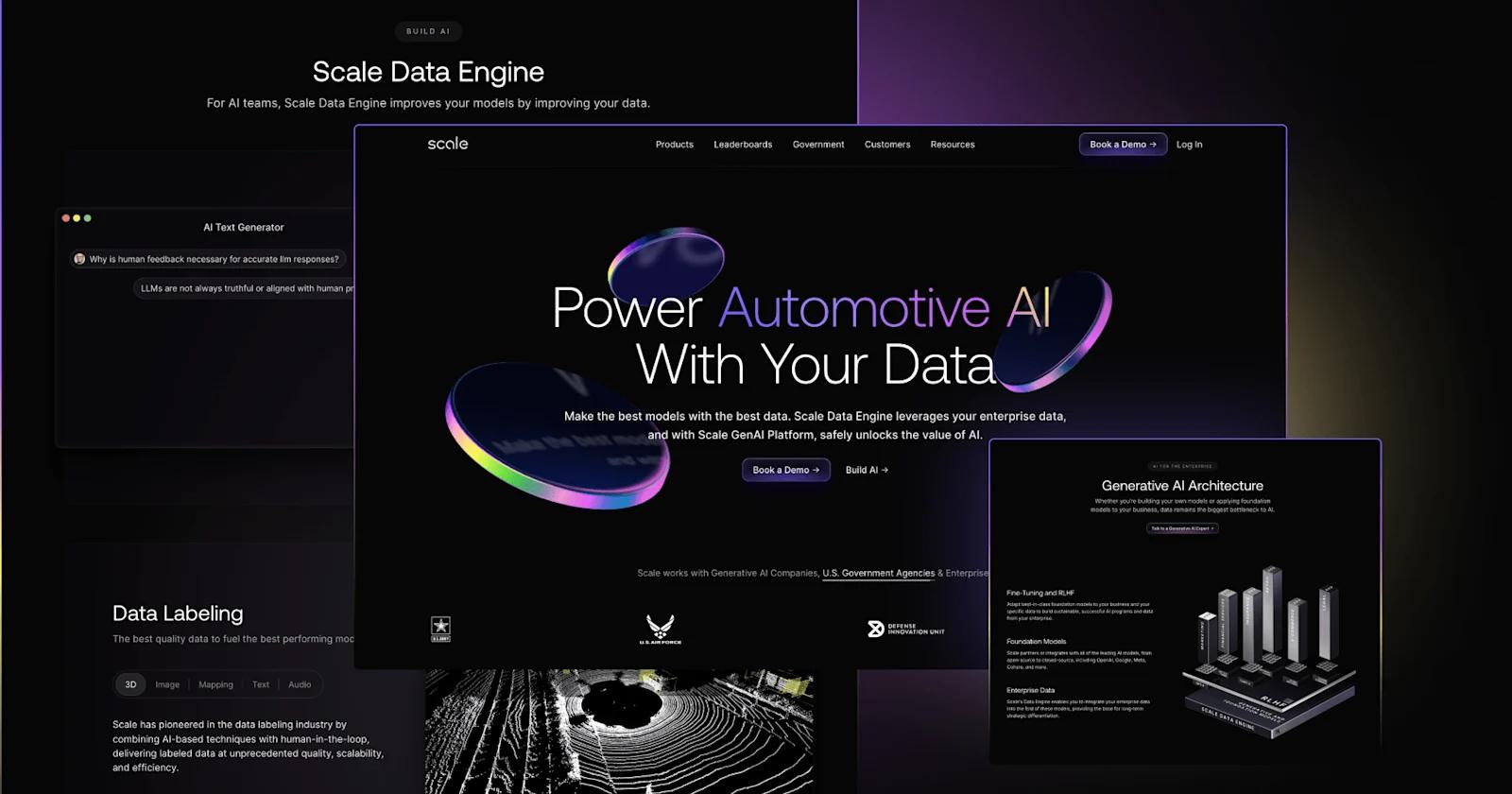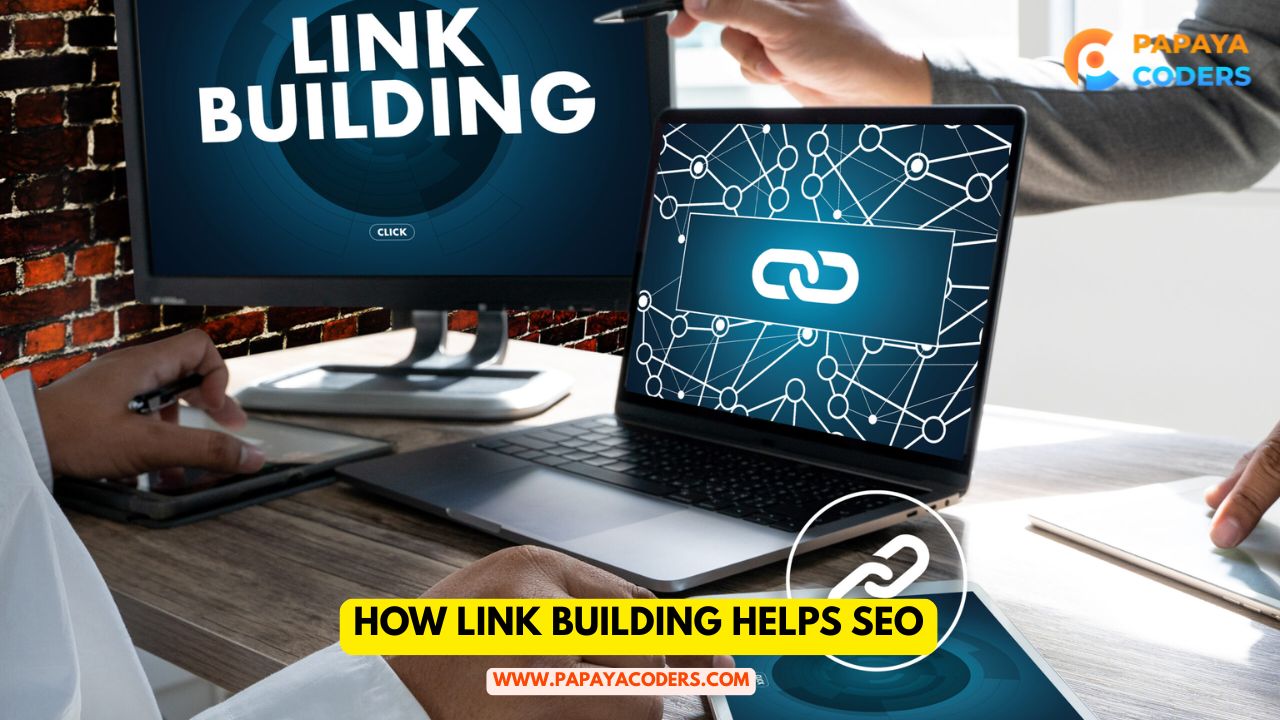Consider how brands find users and interact today. The practice, which is known as digital marketing, continues to evolve significantly. The Future Of Augmented Reality (AR) is poised for significant changes soon. What will this change look like for, for example, how people shop later?
AR enables brands to move beyond the limitations of conventional marketing and provide engaging experiences that engage users in real time. This is not a trend shift but a shift towards building significant, engaging brand-consumer relationships that fuel long-term interaction.
Augmented Reality: Not Just a Game, People!

Perhaps consider first now, before you envision games, what Augmented Reality does best. This technology combines these virtual images right in the actual space now. This is more than that filter, which makes puppy ears more prominent in filters. Consider, instead, things like trying on shoes while at home today. Or, better still, see how that sofa appears in your excellent living room.
Brands are using AR to make products available to customers in a physical-free manner. Decisions are facilitated and funnier with the virtual visualization and engagement with products. Here, the Future Of Augmented Reality (AR) in Digital Marketing evolution will get brands closer to their customers and alleviate the friction always associated with web shopping.
The Future of Augmented Reality (AR) in Digital Marketing:
| Aspect | Description |
|---|---|
| Better Customer Experience | AR makes shopping more fun and interactive for customers. |
| Virtual Try-Ons | People can see how products look on them before buying, like trying on clothes or glasses online. |
| Fun Ads | AR ads are more engaging and memorable than regular ads. |
| Location-Based Marketing | AR shows special offers or information based on where you are. |
| Social Media Filters | Popular on Instagram and Snapchat, AR filters help brands connect with users. |
| Stronger Brand Awareness | Cool AR experiences help people remember brands better. |
| Useful Data Collection | AR gathers information on what customers like, helping companies target them better. |
| Connecting Online and Offline | AR helps people explore products online and find them in nearby stores. |
| Personalized Marketing | AR shows personalized content based on what users like and do. |
| Future Trends | Expect more AR glasses, realistic virtual worlds, and smarter AI features. |
Here is how AR will shape future Digital Marketing:
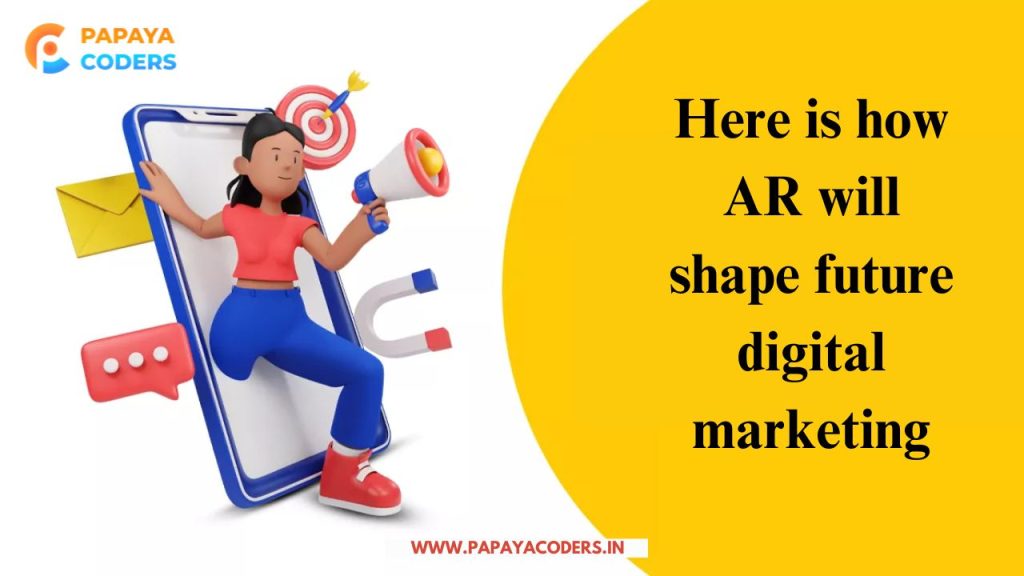
Offers virtual try-on
It allows people to test makeup looks before buying products. Prevents hassle then later from store visits for people currently.
Most fashion, beauty, and eyewear companies already employ AR-powered try-ons, so it is easy for consumers to visualize themselves wearing the products. Not only does this increase the customer’s satisfaction level, but it also reduces the return rate by allowing consumers to make informed purchases beforehand.
Provides better product demos
It shows how things function through clear images. AR product demonstrations can give customers a clearer understanding of how things function in the real world.
This will be particularly useful for electronics, appliances, or DIY products, where customers would appreciate seeing the product being used in an attempt to enrich the shopping experience. Customers can engage with products instead of reading lengthy descriptions of a product.
It gives interactive shopping trips
It inserts cool digital products straight into stores as well now. Shops can employ AR to make their in-store experience interactive. Customers can use their smartphones to scan QR codes or access AR-based apps, receive product suggestions, compare products, and even find unlocked special deals. This innovation makes shopping a fun, enjoyable, and interactive experience.
Why Does AR Matter to Brands?
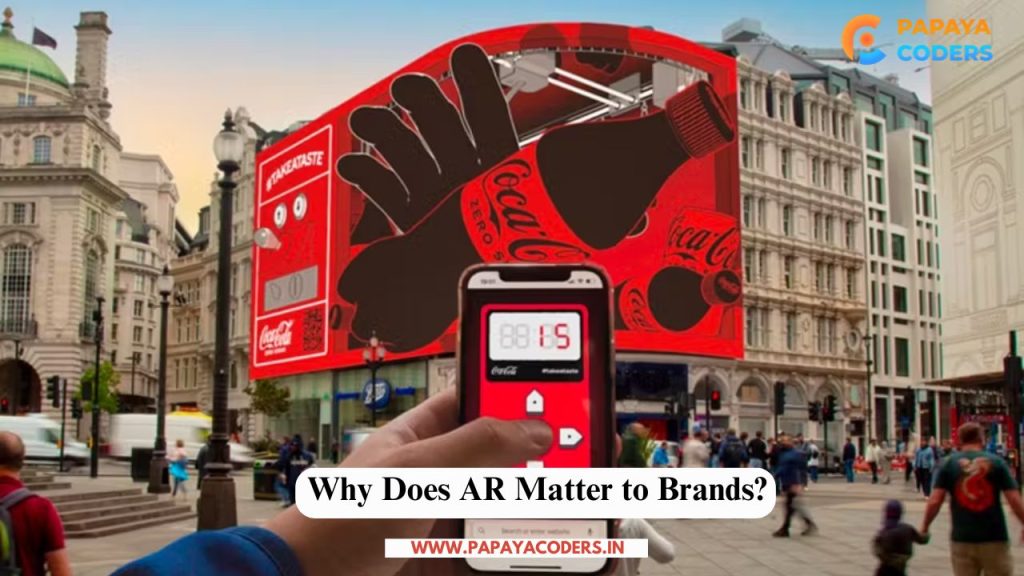
First, consider customer engagement, which is crucial nowadays. AR is now used to create fantastic immersive experiences. Pages are not enough; consider interactive apps with additional things. Individuals tend to remember brands offering pleasant experiences subsequently. That translates to brand loyalty increasing more later, hopefully then.
AR also strengthens customer trust and decision-making. With customers able to engage with products realistically before buying, they are more confident about their decisions. This puts less hesitation in buyers, increases customer satisfaction, and increases conversion rates.
How Can You Get Ready?
So, learning more now always begins with the fundamentals and things. Then, consider your key objectives, such as how much engagement would increase there. Start small initially now, perhaps like a filter regarding some products there. Utilize feedback from your people there so your plan is logical.
Companies don’t need to invest too much in AR technology. Before engaging in advanced solutions, they can implement simple AR applications like filters or 3D product previews. Brands can refine and test AR campaigns based on customers’ feedback to ensure their strategies are well-suited to deliver maximum impact.
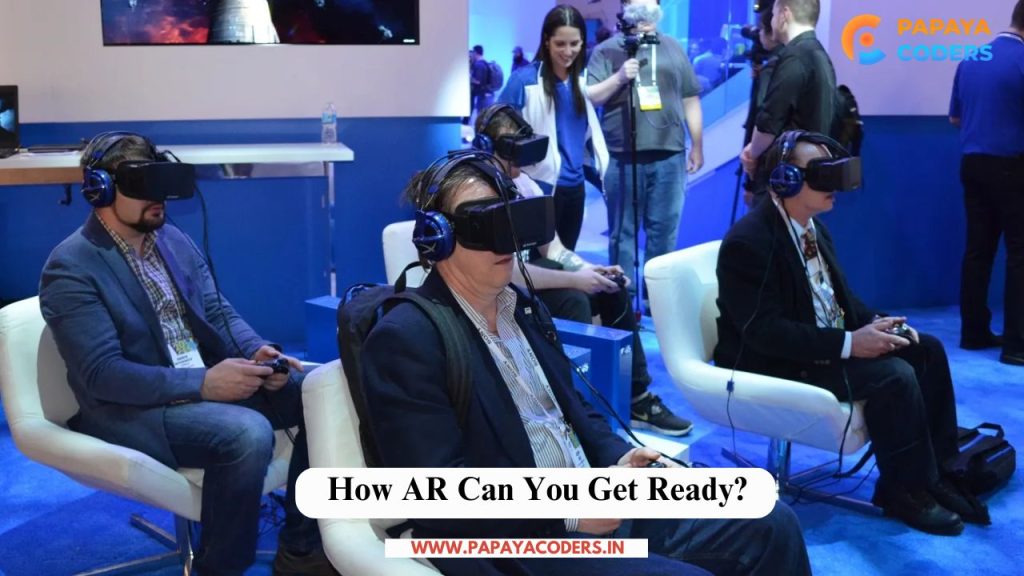
Read also:-
- Python vs Java, which is better: Which One Reigns Supreme?? [2025]
- How to Check Website Traffic 5 Free Tools [Update 2025]
Final Thoughts:
The future of online marketing is evolving rapidly. Augmented reality has incredible potential to transform how users engage with brands; you need to begin exploring this power. The future, right now, will be genuinely augmented.
As AR grows, those brands that adopt the technology early on will have an advantage. From virtual shopping trips to interactive advertising campaigns to fully immersive brand storytelling, AR will change how businesses engage with customers. Now is the time to incorporate AR into your digital marketing strategy and get ahead of this fast-paced game of the world.

